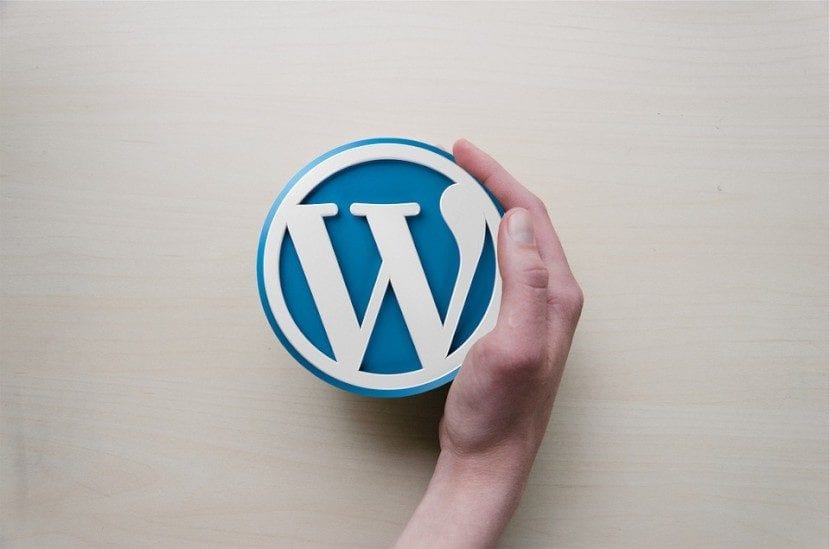
WordPress: Features, Installation, Configuration and Structure
In our previous post about WordPress (WP), Content Management System or CMS (based on Free Software and Open Source), called «WordPress: What is a CMS? Utility and Features» We deeply explore what a CMS is, and make it clear what WP is as such.
Now In this present publication we will comment on the current version of WP (Gutenberg) and its new released version (5.2), its general characteristics and structure, (functions, options and modules) and the basic steps necessary for its Installation and Configuration.
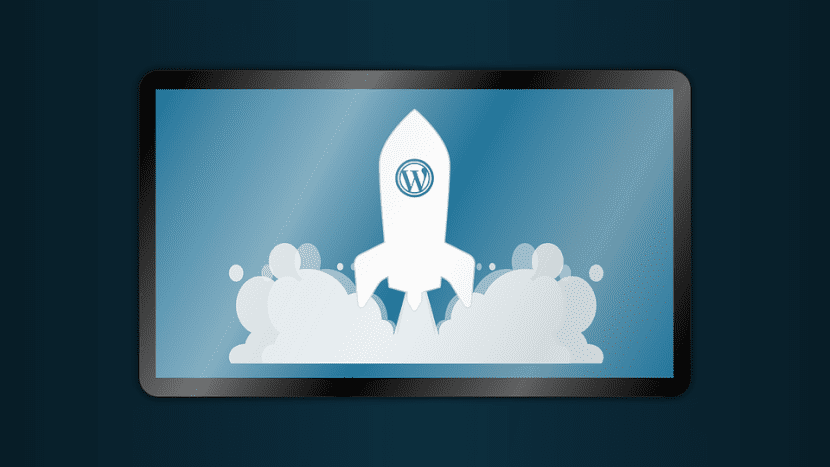
Preamble
This article is not an extensive and in-depth guide to each of the functions, options and modules available in the CMS that is today WP. But on the contrary, it is expected to be a simple but complete and useful guide on WP, which will help us easily to know and understand the use of various features within it, in order to use and keep this tool updated.
The idea is that this publication is a small but well-organized mouth-opener or complement to the old and future articles of the Blog. DesdeLinux about WP, based as closely as possible on the existing official documentation on it. Since WP currently contains an excellent Community of Users, in many languages, but especially in Spanish. Which has a huge catalog of more advanced information and knowledge, and available especially in WP in Spanish.
Thus, we hope this is a short but efficient and effective guide or tutorial to help all current, new and future WP Users in the knowledge and use of said tool.
WordPress: Current version
What is WordPress?
WP is software designed with an emphasis on accessibility, performance, security, and ease of use, which has made it the most popular CMS today. And in the last post we briefly describe it as follows:
WP is a robust CMS that is free to download and use., but it is also a huge and excellent free and paid site publishing and hosting platform service known as "WordPress.com" which receives updates very frequently. It also has another sister domain known as "WordPress.org" Also available in Spanish. And it has enormous useful informational and technical content.
And we highlight that currently WP works through the following technologies:
Today WP uses the language PHP, y MySQL as a Database Manager (DB) and Apache as low service GPL license. Therefore, said application or SW tool complies with the characteristics of Open Source (CA) used in the Free Software (SL).
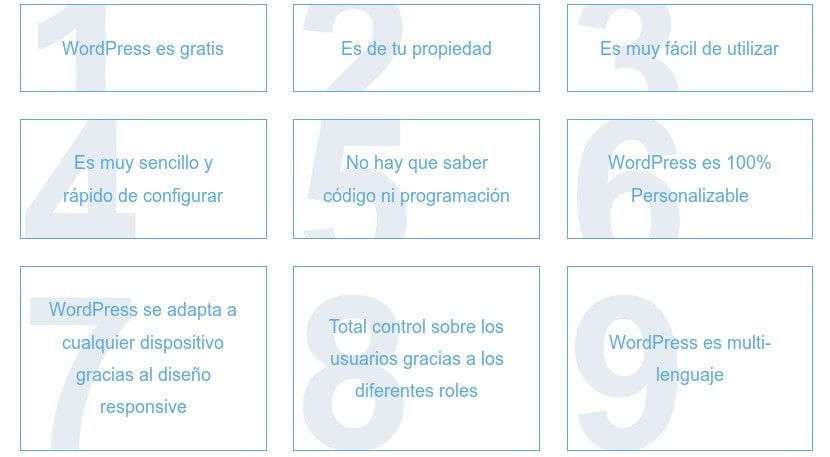
WordPress: Features
In short, it can be properly said that it is a fantastic CMS for creating websites and blogs.One of its greatest benefits or advantages being its enormous amount of information available and updated to know and manage it.
And that has a great design and a successful development process in charge of an efficient “Global Community” that contributes with their time, knowledge and skills. to make WP an updated and safe product. In addition to the thousands of designers, developers and bloggers who share their knowledge about WP through blog posts, tutorials, reviews, videos, and with the creation of thousands of themes and plugins.
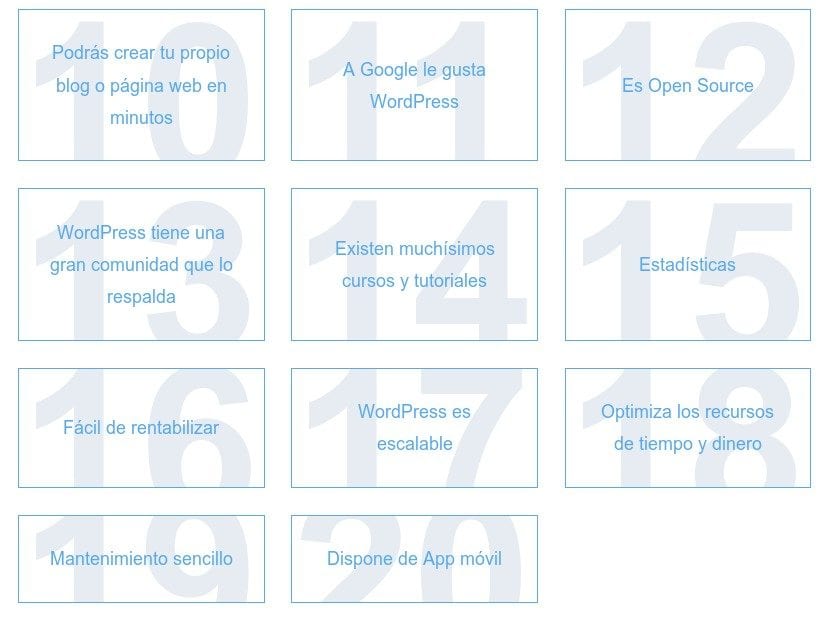
WordPress: Features
Gutenberg: Current version
The first version of WP that was released to the public was 0.7, on May 27, 2003, until the current 5.0 Gutenberg. This makes it clear that WP is currently a mature, solid system, with a strong and constantly evolving community. Evolution that is demonstrated with the release of its next candidate version 2 (RC2) for WordPress 5.2, which will be available from Tuesday, May 7, 2019.
This new version 5.2 of WP promises to offer even more robust tools to identify and fix configuration problems and fatal errors. This is important for those Developers helping their clients or managing a site, as it makes it easy for them to get the right information when they need it.
It will also include new features in its Site Health Protection and PHP Error Protection tools., which will provide more peace of mind when it comes to a problem with plugins or themes on a managed website. It also includes new icons available on your dashboard, and new accessibility considerations for anyone using assistive technologies, and more.
Since version 5.0, WP uses the new visual editor known as "Gutenberg" which aims to revolutionize the way content is published through WordPress, so that anyone, including those with slight technical skills, can not only publish but build websites and blogs with ease, without the need to buy and use third-party themes or plugins.

Advantages of updating WP
Each new update usually brings some of the following benefits, such as: improvements, changes, optimizations, additions or eliminations of functionalities or characteristics. In general terms, they can be broken down into the following:
- Improvements at the code level and usability
- Design-level improvements in the admin panel
- Code optimization (speed and speed)
- Solutions for errors (bugs) found
- Changes at the content editor level
- Multimedia media gallery level enhancements
- Theme customizer optimization
- Improvements to the general security level of the application
These and other minor benefits make it important to update WordPress to its latest version, as soon as possible, to always have it ready and adapted to the changing technological modernity.
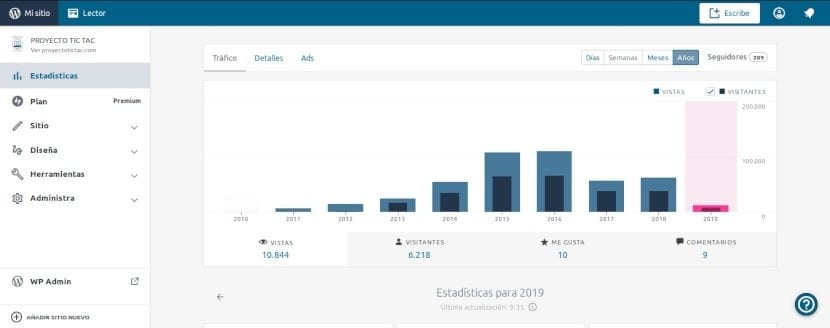
Actual structure
Currently WP has the following management structure with its corresponding options or functionalities:
New interface
Statistics
Map
Site
- Pages
- Appetizers
- Media coverage
- Comments
- Messages
- Portfolio
Design
- Customize now
- Themes
Tools
- Plugins
- Import
- Marketing
- Ghana
Administers
- Domain
- People
- Settings
WP admin

Traditional Interface (WP Admin)
Desktop
- Home
- My comments
- Site Statistics
- My Blogs
- Blogs that I follow
- Askimet Statistics
Plans
- Plans
- Premium themes
- My domains
- Manage purchases
- Billing History
Appetizers
- All entries
- Add new
- Categories
- Tags
- Copy an article
Media coverage
- Libraries
- Add medium
Links
- All links
- Add new
- Link categories
Pages
- All pages
- Add new
- Tags
- Copy a page
Portfolio
- All projects
- Add new
- Tags
- Types of projects
- Project Tags
Comments
Messages
- Messages
- surveys
- Qualifications
Appearance
- Themes
- Customize now
- Widgets
- Menus
- Head
- Funds
- AMP
- Mobile
Plugins
Users
- All users
- Invite users
- My profile
- Personal settings
Tools
- Tools available
- Import
- Export
- Delete site
Settings
- General
- Writing Instruments
- Reading
- Comments
- Media coverage
- Share
- surveys
- Qualifications
- WordAds
- Qualifications
- Email ticket change
- OpenID
- Webhooks
Close Menu
Later in another post about WP we will delve into each of these sections, modules, options and functionalities.
Installation and configuration
As we explained in our previous post about WP, already on the Blog DesdeLinux There are articles that teach us how to install and configure WP, so we will not repeat said content but will provide official information of WordPress in Spanish on WP Installation and Configuration. In addition to linking the official information of WordPress Codex for a WP Multisite Installation. In order to complement these entries that over time become outdated.
Alternatives to WordPress
There are several alternatives to WP on the market today. Some better and others not so much. Among them we can mention:
- Joomla
- Drupal
- Squarespace
- Wix
- Blogger
- Magento
- Ghost
- Woo Commerce
- PrestaShop
- Yola
Later in another post on "The best websites to build an online blog" we will delve into these and other available options.

Conclusion
Ultimately we can say that WP is an excellent CMS, since it allows you to easily manage the contents and appearance of a website without further programming knowledge. Which has led it to occupy a worthy position among the most used worldwide.
Furthermore, the fact that its license is "GPL" allows us to use it without having to pay for it., unlike many other CMS of equal or less quality or power. Its local use (on our own server) or on the Web, with our own domain, is something that usually marks key differences with respect to others.
And its huge amount of Plugins, Themes and other additions (by programming new functionalities), that make WP a unique product and fully extensible, which also grows every day in the right direction.
And a new interface, since the release of version 5.0, that makes it much easier to create and manage content on it. Plus its invaluable and giant community, which makes it easy for us to find solutions to our faults or errors about WP, or tips and help articles.